The Real Challenges of Intelligent Driving: Misunderstandings and Misuse
![]() 08/04 2025
08/04 2025
![]() 638
638
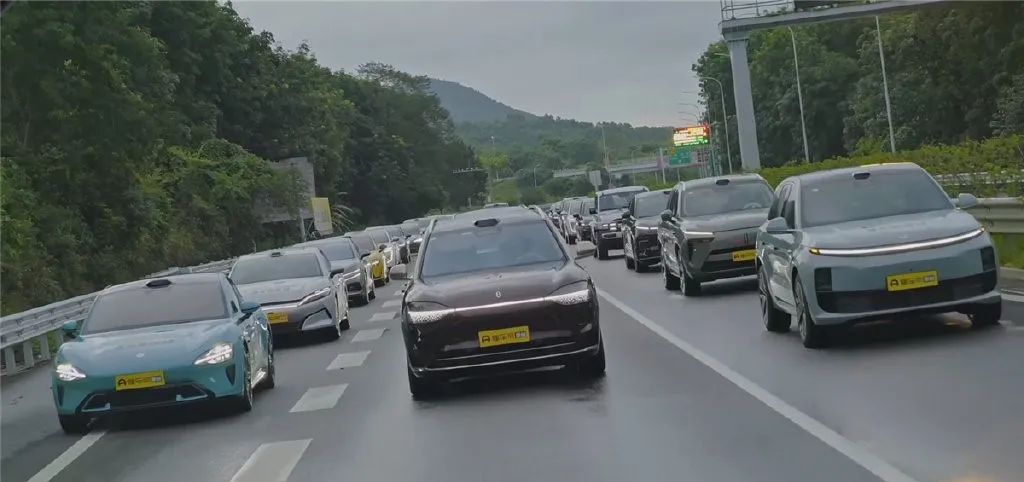
Introduction
The risks associated with intelligent driving do not stem from the system itself but rather from misunderstandings and improper use.
"Upon reviewing backend data, we discovered that the test was conducted five times in total. The incident that garnered public attention was the most extreme failure case."
When questioned about Dongchedi's recent intelligent driving tests, which were claimed to have "surpassed domestic intelligent driving systems," the intelligent driving director of Auto Company A stated that all actions and scenarios in the test were recorded, as these are now intelligent and connected vehicles.
Curiously, the usually assertive legal departments have remained silent, despite having comprehensive evidence of Dongchedi's 'selective' testing and dishonesty.
Fortunately, Dongchedi understands not only cars but also Chinese social dynamics and interpersonal relationships.
Had it been any other small media outlet attempting to discredit or slander domestic intelligent driving systems, the test videos would likely have been removed promptly, and the 'trolls' dealt with swiftly. In today's opinionated environment, labeling someone is all too easy.
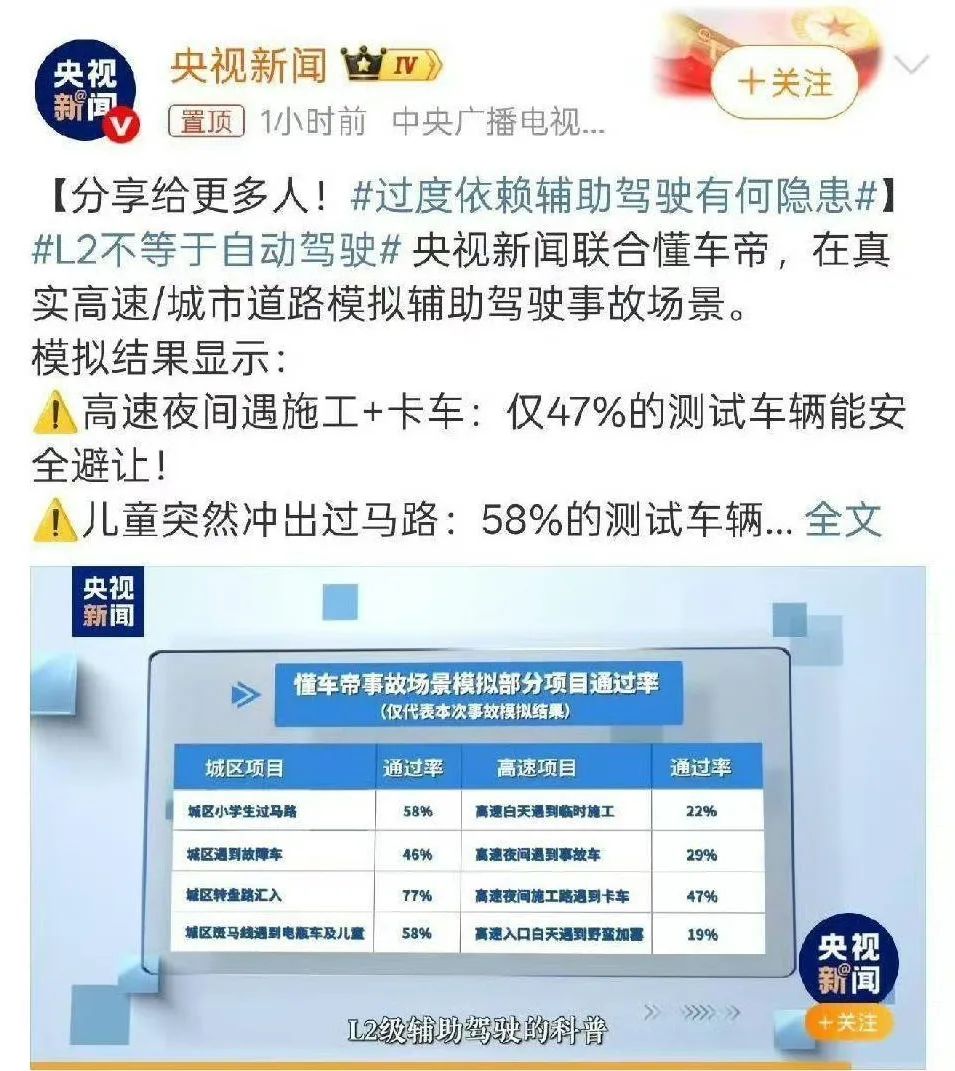
The automotive companies 'targeted' in the tests are well aware of the background dynamics at play. With CCTV and the Ministry of Public Security both involved, and large-scale production involving highways, no other media or institution possesses such capabilities.
As a result, most automotive companies dared to be frustrated but refrained from voicing their concerns. Only a few could not contain their emotions and responded irrationally, while the vast majority chose to swallow their anger.
Furthermore, Musk's boast about Tesla's top score immediately ignited domestic and international public opinion.
Tesla fans and patriotic supporters have always been at odds, leading to heated debates on both sides. They analyzed every frame, searching for loopholes and connections. Those who performed well were accused of being funded, while those who failed in every category were told to improve.
Ultimately, public opinion was chaotic, with different groups holding varied perspectives. Some focused on rankings, some on conspiracies, some on gaps, and some on safety.
01 Public Opinion and Traffic
"If you can't control the variables, what's the point of the test?"
Many have seen such comments. Indeed, during actual testing, the speed of each vehicle, the distance from the preceding vehicle, and the timing of the lead vehicle's lane change varied.
However, in reality, each automotive company has different control logic and parameter settings for intelligent driving assistance, making it challenging to control variables. Not to mention the infinite variables in real-world driving; even if you control your vehicle's variables, other road users' variables are constantly changing.
The inability to standardize testing criteria and variables suggests that there is currently no unified safety standard for intelligent driving assistance in China. This reliance on individual automotive companies and intelligent driving suppliers' understanding of driving and traffic conditions is problematic for a technology involving human life and property safety.
Setting aside the testing of intelligent driving assistance systems, even the safety collision standards established over 130 years of automotive history show that models receiving five stars in laboratory collisions are impressive but cannot guarantee 100% occupant safety in collisions.
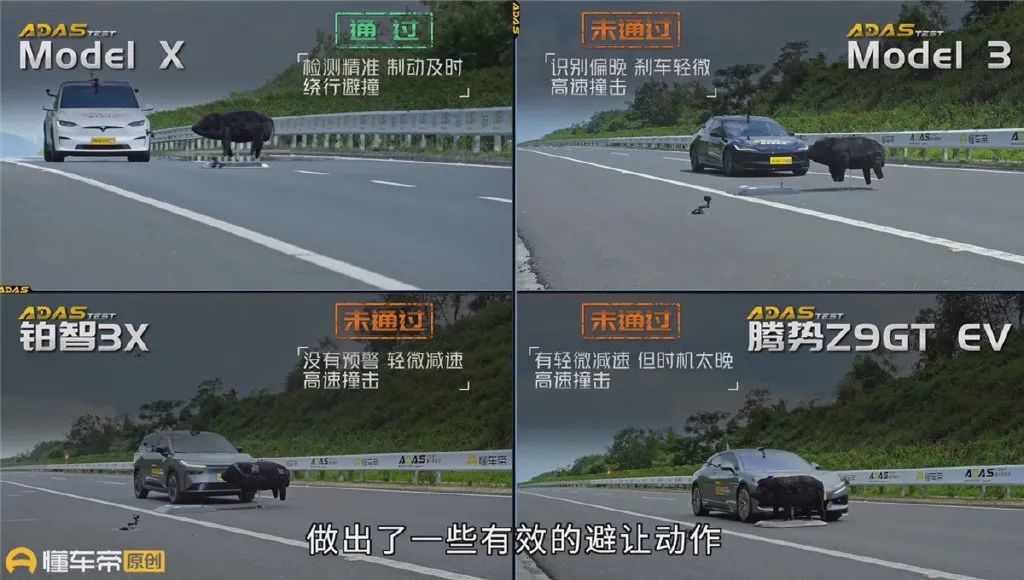
While collision tests have controlled consistent variables, in real-world road traffic, no car accident can collide exactly as predicted by automotive companies or technical standards. As a saying in the automotive safety industry goes: There will never be two exactly identical traffic accidents.
Therefore, the issue of variables is not the core of this intelligent driving test; rather, it is influence and traffic dynamics.
As Professor Zhu Xichan from Tongji University's School of Automotive Studies believes, in today's traffic-centric environment, if there's no collision, no one will pay attention, so collisions must occur to create conflict and draw attention. Especially when nearly 40 vehicles are ranked together, the contradictions and conflict points intensify.
Adding to this, Tesla's top score, mixed with patriotism, actual experience effects, consumer cognitive biases, and public opinion guidance, made it inevitable that public opinion would be aroused.
From this perspective, Dongchedi's science popularization test has certain educational value and warning significance. This is not to excuse Dongchedi; rather, many viewers and netizens in the comment section expressed similar views and opinions, signifying an awakening of understanding towards intelligent driving safety.

However, the author believes that even if Dongchedi's intention for this test was to popularize science and alert people that driving assistance is not absolutely safe, by attracting attention and becoming entangled in negative public opinion, it risks making the outside world, including consumers, negate intelligent driving and the technological progress behind it.
It should be noted that companies like Huawei, NIO, Xpeng, Li Auto, Geely, and BYD have sufficient data proving how many potential collisions their intelligent driving systems have avoided. This data starts in the millions, and their contribution to safety is undoubtedly significant.
Therefore, the danger lies not in the intelligent driving system itself but in misunderstandings and improper use, including overestimating the capabilities of intelligent driving systems and ignoring the risk of 0.001% during the gradual process of trust and reliance.
Ultimately, the lessons learned are harsh, and one pays for their own cognition and abilities. This applies to both manual and intelligent driving.
02 "Until the moment of the collision, I trusted it"
Don't be misled by users claiming that their car's intelligent driving system and capabilities are exceptionally strong, reducing driving fatigue, and allowing them to confidently let it drive autonomously most of the time.
However, what truly alerts them is the extremely low-probability event that happens to them. Almost every automotive company touting the power of their intelligent driving system has encountered cases where owners have had accidents while using it.
After an accident, a common thought crosses their minds: "Until the moment of the collision, I trusted it."
A colleague of the author entered the automotive industry during the rapid development of new energy vehicles, initially fascinated by intelligence. However, one day, he was involved in a car accident while using an intelligent driving system from a new force auto company. The moment the airbags deployed completely sobered him up, fortunately with no serious injuries.
Upon reviewing the accident, he realized that he had trusted the intelligent driving system too much. Initially, he kept his eyes and feet engaged, but as he used it more frequently, he became overly reliant on it, stopped using his eyes, and problems arose.
Fortunately, this was only an accident at a speed of 60-70 km/h in an urban area. If it had been on a highway at 120 km/h, the consequences would have been unimaginable.
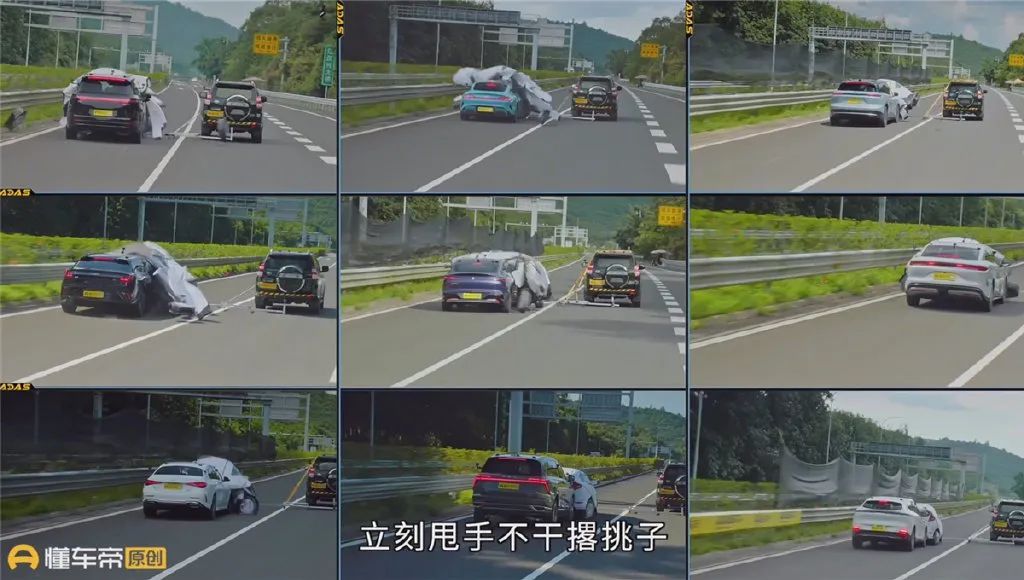
The author still vividly remembers Su Qin, the former technical expert of Huawei's ADS team and current Vice President and Chief Architect of Horizon Robotics, making the controversial statement about autonomous driving: "When machines enter human society and coexist with humans, accidents will inevitably occur. We just need to minimize the accident rate. But probabilistically speaking, this is something that could happen."
Many aggressive engineers in the IT field believe that on the path forward, it is not necessary to be constrained by extremely low-probability events. They advocate for a 'go for it' approach and solving problems as they arise. However, automotive engineers must maintain a stronger sense of awe for life safety, as one bug could cost several lives.
The probability in testing is just a statistic, but when it actually affects a consumer, it's 100%. Their family cannot afford such an extremely low-probability event. It's no wonder that Su Qin, while working on autonomous driving, once fell into a state of depression. On one hand, the industry momentum is pushing technology forward, and on the other hand, the unsolvable probability of accidents brings mental and moral torment.
Especially when automotive companies need to market and sell cars to achieve commercial value, it is easy to lose sight of the boundaries of intelligent driving assistance.
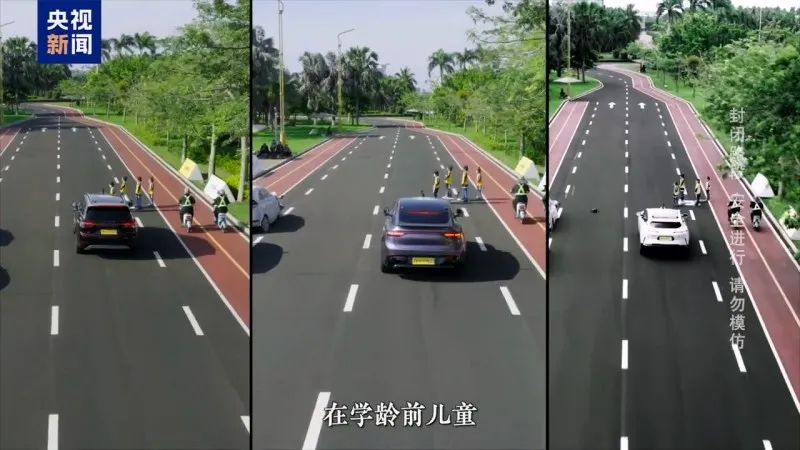
On one hand, they claim that intelligent driving is still in the auxiliary stage, and on the other hand, they assert that it is very safe, to the point where one can almost fall asleep. They introduce intelligent driving insurance to encourage hesitant consumers to use it but then shift the blame to the consumer in the event of an accident, ultimately making it the consumer's responsibility.
Ultimately, after the introduction of intelligent driving, it remains a situation where everyone has their unique experience. Different road conditions, scenarios, and drivers will respond differently to extreme situations. In today's L2 driving assistance era, where the driver is still the primary responsible party, intelligent driving still needs to solve the problem of how to make cars safer.
Regarding safety, many recent statements at the World Artificial Intelligence Conference have addressed this topic.
American computer scientist and AI expert Stuart Russell called for vigilance against the mindset of an AI arms race and emphasized that safety should be the top priority to truly serve humanity's long-term well-being.
Geoffrey Hinton, known as the 'Godfather of AI,' also expressed concern about AI safety issues. Despite its rapid development, the risks cannot be ignored. For example, there is a probability of destroying human civilization, and some large technology companies are lobbying for relaxed regulation in pursuit of commercial interests, which is an extremely dangerous trend.
These viewpoints seem to also apply to the current field of intelligent driving.
Editor-in-chief: Du Yuxin, Editor: Chen Xinnan








